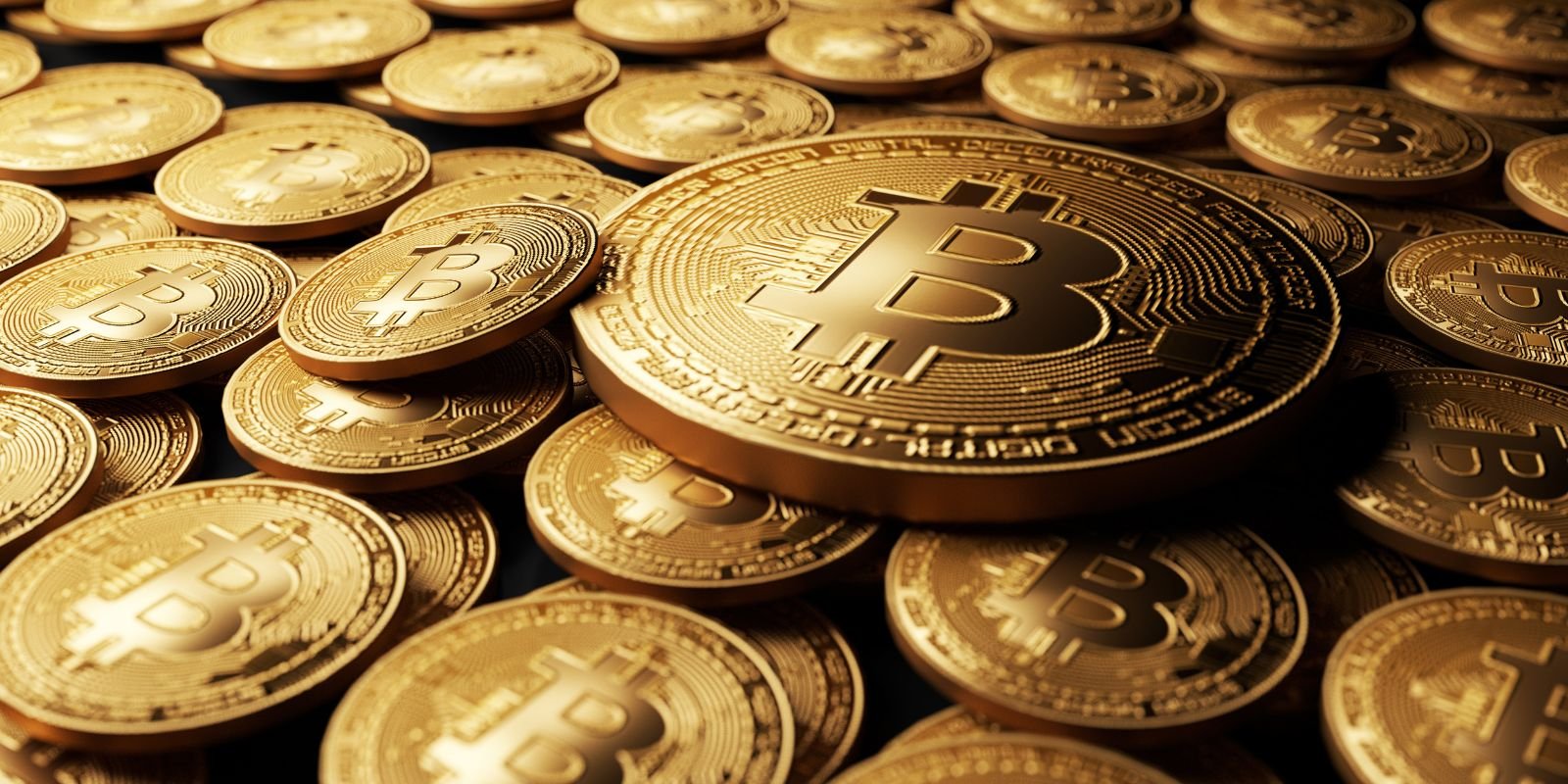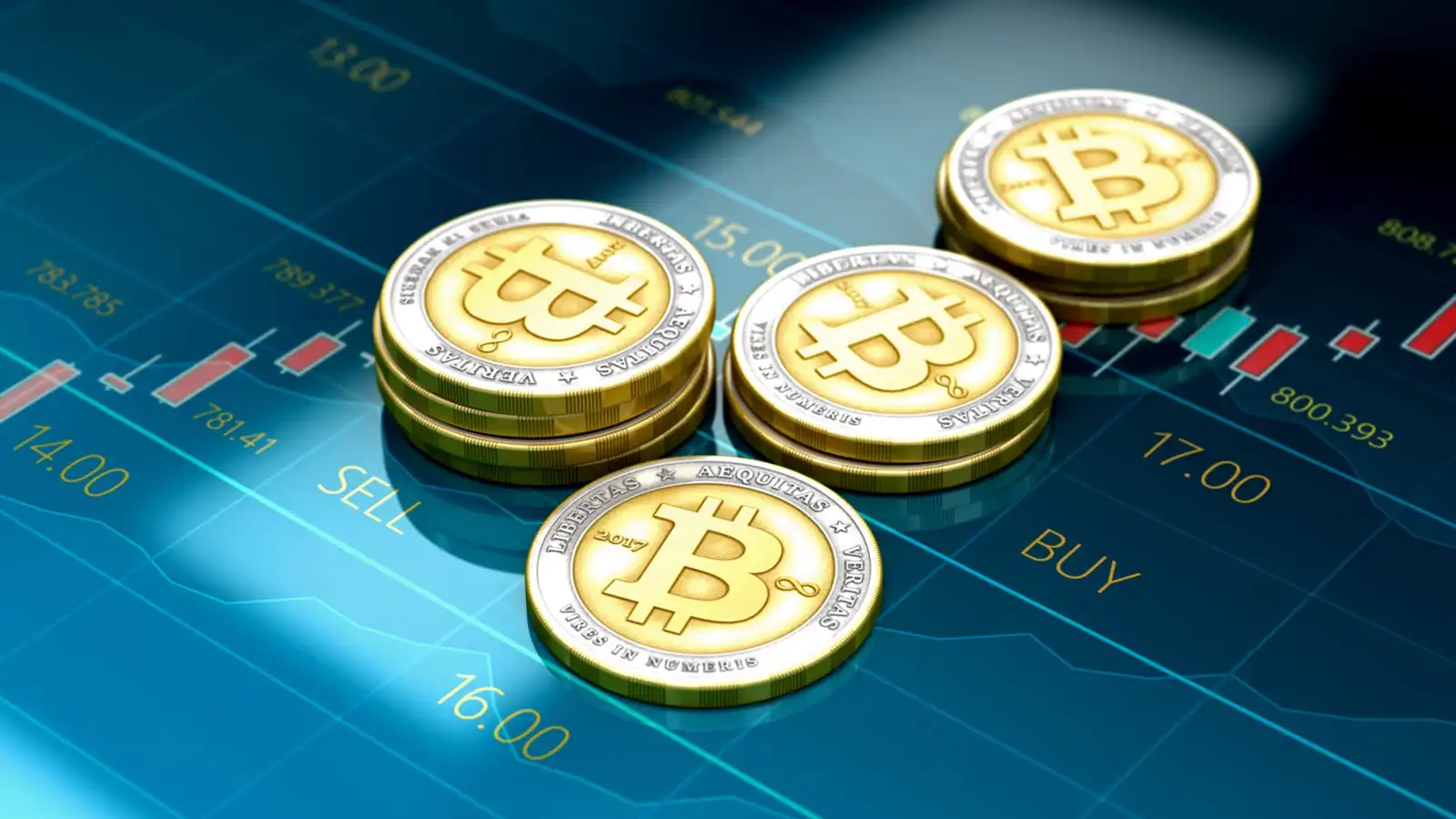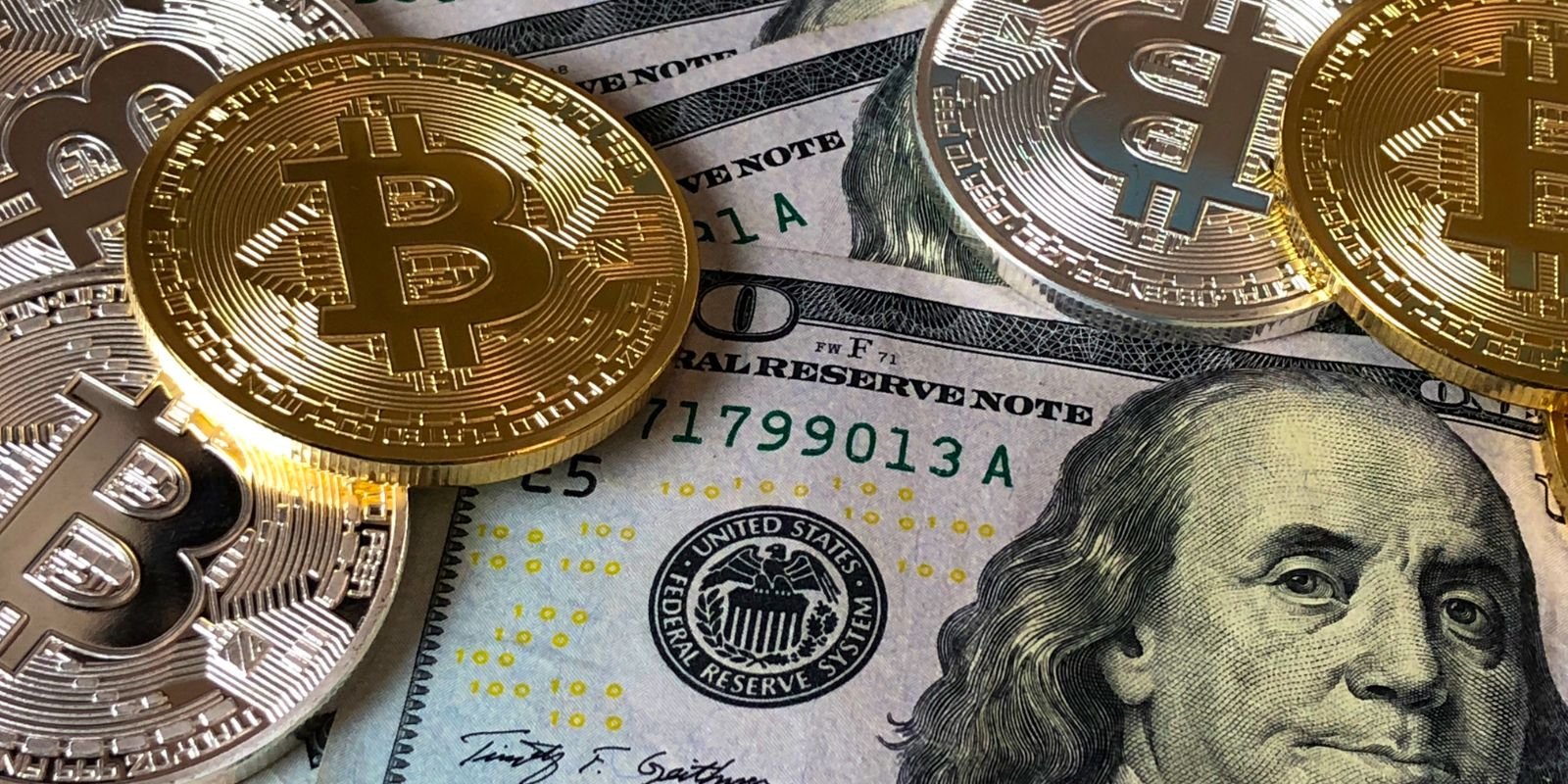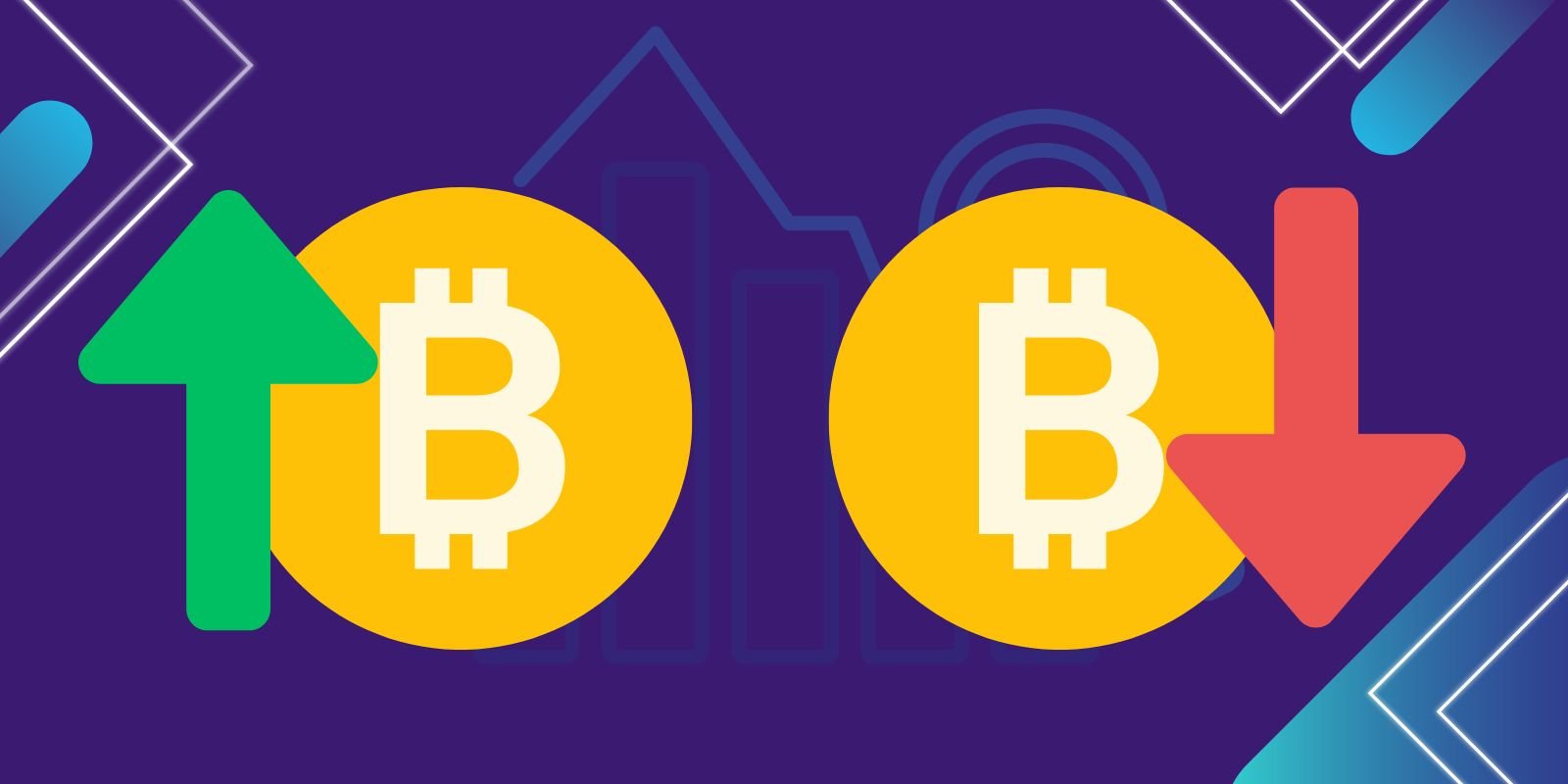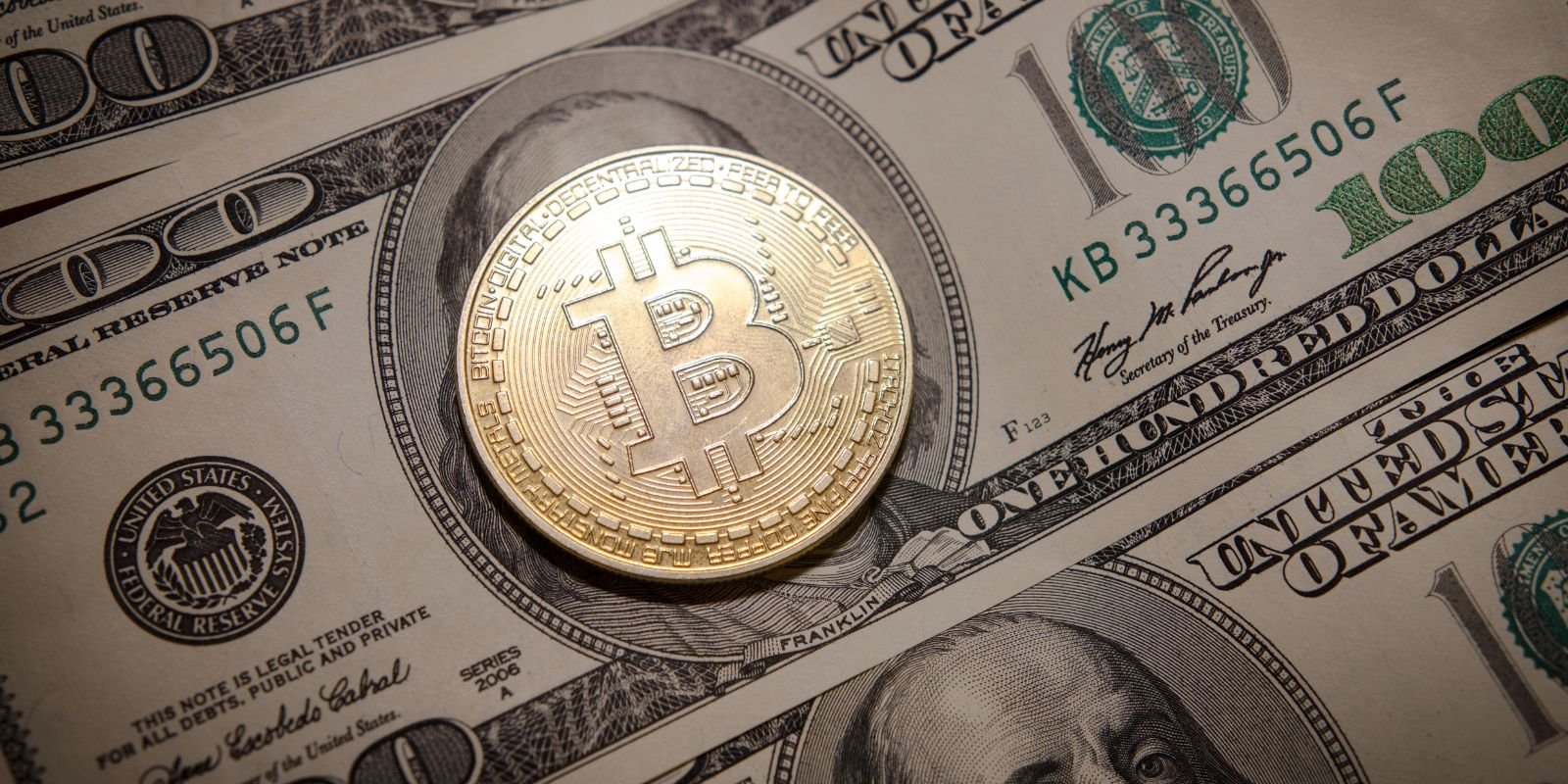Have you ever wondered what happens to your transactions when you’re sending or receiving cryptocurrency? It’s easy to assume that all transactions are completed instantly, but there are a lot of steps involved in making sure your transaction is secure, reliable, and valid. One of these steps is the Bitcoin mempool.
If you’ve been thinking about investing in Bitcoin or other cryptocurrencies, then understanding the mempool is essential to having a successful experience.
What Is the Bitcoin Mempool?
Do you ever send a transaction, but then it never gets confirmed? Wondering what’s going on? Chances are it’s in the Bitcoin mempool—but what is that, exactly?
The Bitcoin mempool is essentially a holding area for all the pending transactions that have yet to be confirmed by miners. When someone broadcasts a Bitcoin transaction to the network, it’ll go into the mempool until it’s included in a block and finalized. In other words, if you want to understand your unconfirmed transactions, the mempool is where they’ll be.
There are two parts to understanding this: how miners choose which transactions to put on their block; and why some transactions get stuck in the mempool for longer than others. There are multiple factors involved here: such as network congestion levels and transaction fees. Generally speaking, those with a higher fee will have priority over those with less—although there can be exceptions to this rule for certain types of transactions.
How Does a Bitcoin Transaction Work?
A Bitcoin transaction is a transfer of value between two or more Bitcoin addresses. When a transaction is initiated, the sender creates a message containing the recipient’s Bitcoin address, the amount of Bitcoin being sent, and a digital signature created with the sender’s private key. The message is then broadcast to the Bitcoin network, where it is verified by other nodes on the network.
Once the transaction is verified, it is added to a “block” of transactions. Each block contains a set of transactions and is added to the blockchain, which is a public ledger of all Bitcoin transactions that have ever occurred.
To prevent double-spending, where a user could spend the same Bitcoin more than once, each transaction is verified by a network of nodes called “miners”. These miners compete to solve a complex mathematical puzzle that requires a significant amount of computational power. The first miner to solve the puzzle is rewarded with a certain amount of newly created Bitcoin and any transaction fees associated with the transactions in the block.
Once a block is added to the blockchain, the transaction is considered to be confirmed, meaning that the Bitcoin has been successfully transferred from the sender to the recipient. The transaction is then irreversible and cannot be undone.
Overall, a Bitcoin transaction involves the creation of a digital message containing the sender’s and recipient’s Bitcoin addresses and the amount being sent, the verification of the transaction by a network of nodes and miners, and the addition of the transaction to the blockchain.
How Does the Mempool Work?
Have you ever sent Bitcoin and wondered why it takes so long for it to be confirmed? The answer lies in the Bitcoin mempool or memory pool. It’s a vital part of how the Bitcoin network works, and understanding it can help you understand why your transactions take so long to be confirmed when you buy or sell Bitcoin in Dubai or anywhere else on the globe.
The mempool is essentially a waiting room: when you send a transaction, it gets stored in the mempool awaiting confirmation by miners on the network. Think of it like an airport security line: once you get to the front of the line, your bag is checked and you can proceed to your gate.
The same happens with transactions on Bitcoin — they are grouped into blocks, which are then verified by miners that solve complex mathematical puzzles in order to create them. Once these blocks are verified, the transactions in them will be confirmed and added to the blockchain. So when you send a transaction on the Bitcoin network, it will stay in the Bitcoin mempool until miners pick them up and include them in their blocks.
By understanding how the mempool works, users can better manage their expectations when sending transactions on Bitcoin: depending on how much congestion there is in the network, some transactions may take hours or even days before being confirmed.
Why do Transactions Get Stuck in the Mempool?
So why would a Bitcoin transaction get stuck in the mempool? Basically, it has to do with the popularity of Bitcoin and the limited capacity of its network.
Transaction Fees
With many people trying to use Bitcoin at once, they often have to compete against each other for a spot in the next block. To win out over other transactions, users can add transaction fees—the higher your fee, the more likely your transaction is to be included in the next block on priority. So if you don’t add a high enough fee, your transaction will sit in the mempool waiting until there’s a lull in activity on the network.
Network Congestion
Another thing that could affect Bitcoin’s mempool is congestion—if there are too many people using it at once its processing power will suffer and transactions will take longer than usual to confirm. Especially with bitcoin becoming more popular than ever before this could be an issue.
Blockchain Size
Finally, there’s blockchain size—high data storage means slower processing times for transactions because it takes longer for miners to validate them. This is something that needs careful monitoring because blocks cannot exceed certain sizes or miners may not want to process them as quickly (because data needs to be stored somewhere).
How to Check the Mempool Size and Fees
Now that you have a better understanding of the Bitcoin mempool, you may be wondering how to check the mempool size and fees. If that’s the case, don’t worry—it’s easy.
Here are two simple steps you can take to check mempool size and fees:
Step 1: Use a Blockchain Explorer
A blockchain explorer is a tool that allows you to search and explore blocks, transactions, and addresses on the Bitcoin blockchain. Just use any blockchain explorer of your choice to get real-time updates on the size and fees of the Bitcoin mempool.
Step 2: Utilize Specialized Mempool Visualization Tools
Suppose you want to get more insight into network activity. In that case, there are various specialized mempool visualization tools available that allow you to visualize various aspects of the network in order to identify patterns in transaction behavior. Some examples include MemPoolMonitor and Blockchain Mempools.
How do Miners Select Transactions From the Mempool?
You might be wondering: how do miners select which transactions to include in a block? This is when the concept of “free market” comes in. The higher the fee you pay, the more likely your transaction will be picked up by a miner to add it to their block. It works like an auction, kind of like putting your Bitcoin up for bids—the highest bidder gets their transaction approved first.
When there’s an excess amount of transactions piled up in the Mempool, miners prioritize ones with higher fees. This is because they get paid in those fees—if you pay them more, then they’ll pick up your transaction faster and include it in their block when you want to buy Bitcoin or sell it.
This fee market can be a bit unpredictable since miner behavior changes all the time. But usually, you can expect that miners will always prioritize transactions with higher fees—it just depends on how much demand it is for them to approve any given piece of the transaction from the Mempool at any given moment.
Clearing the Mempool: Why Fees and Block Size Matter
Have you ever wondered why it is important to pay a fee when making a Bitcoin transaction? Or why the block size matters? The answer has to do with the mempool.
The mempool is like the waiting room where all transactions wait until they are included in a block by miners. When you pay a high enough fee, your transaction gets priority and it eliminates much of the competition for space in a new block (allowing it to be cleared from the mempool faster).
If no one pays fees, blocks will become congested and transactions will be stuck in limbo for much longer. This is why the Bitcoin Core developers limited the size of blocks so that it remains relatively manageable—but at times of high demand, there can still be delays in processing transactions, and this is when users might need to pay higher fees.
So what does all this mean? Well, basically, paying higher fees if you want your transaction confirmed quickly isn’t just about miners getting more money: It’s also about clearing out space on the blockchain—making sure you and everyone else can get their transactions processed as quickly as possible.
What if the Mempool Didn’t Exist?
Imagine if there was no mempool. All pending transactions would just be stuck in limbo, waiting to be validated and confirmed. That’s because the miners would have no way of keeping track of all the transactions that are taking place and prioritizing them — their Bitcoin mining software wouldn’t know which transactions to pick.
So what would happen if the mempool didn’t exist?
- Transactions would take longer to process, as the miners wouldn’t know which ones to go for first
- The blockchain network’s capacity would decrease, reducing the number of transactions that can fit into a block
- Transactions fees could become unbearably high as users compete for faster confirmation times
- Transactions might not get processed at all if a miner can’t pick them up due to congestion on the network or insufficient fees
- Overall security might decrease because miners wouldn’t have an incentive (in terms of fees) to validate blocks on time
The mempool is essential for efficient transaction processing, so it’s important that you take it into account when deciding when and how much to pay in fees.
Conclusion
All in all, the Bitcoin mempool is an important part of how Bitcoin works. By understanding how it operates, users can better plan for and estimate when their transactions will be confirmed and added to the blockchain, avoiding potential losses from fluctuations in the price of Bitcoin. Additionally, understanding the mempool can help miners better allocate their resources and prioritize which transactions to process first. Ultimately, the Bitcoin mempool is an essential part of the Bitcoin network, and understanding it can help users maintain better control over their transactions.

